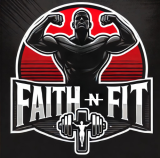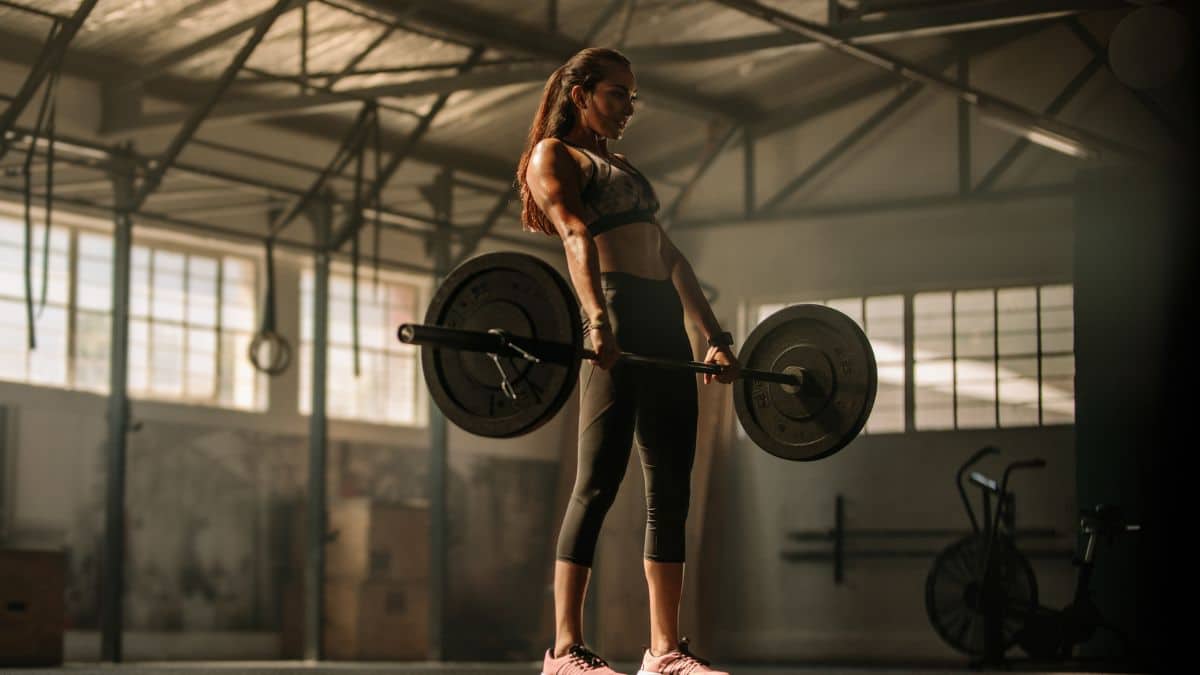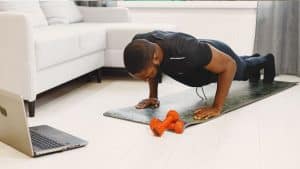Deadlifts build serious strength—but are they safe if you struggle with lower back pain? Let’s break down when to deadlift, how to do it right, and what to avoid.
💪 Introduction
The deadlift is one of the most effective full-body strength builders. It targets the posterior chain—glutes, hamstrings, core, and back—all in one powerful movement.
But if you’ve ever dealt with lower back pain, you’ve probably heard conflicting advice:
“Deadlifts are dangerous!” vs. “Deadlifts fix back pain!”
So, what’s the truth?
In this FaithNFIT guide, we’ll explore whether deadlifting is safe for those with lower back pain, what the research and experts say, and how to lift with wisdom and purpose, not just ego.
🔍 The Real Deal: Are Deadlifts Safe for Your Back?
✅ The Good News:
Deadlifts can actually help reduce lower back pain when performed correctly.
Research shows that properly programmed deadlifts:
- Strengthen the core and posterior chain
- Improve posture and spinal stability
- Reverse muscular imbalances from sitting too much
BUT… form is everything. Poor deadlift mechanics are one of the leading causes of gym-related lower back injuries.
⚠️ When Deadlifting Isn’t Safe
Avoid deadlifting (for now) if:
- You’re in acute pain (sharp, stabbing, or radiating pain)
- You’ve been advised by a doctor or physical therapist not to load the spine
- Your core or glute strength is significantly underdeveloped
- You can’t hinge at the hips without rounding your back
💡 FaithNFIT Tip: Don’t force a deadlift. There are alternatives that build the same muscles with less risk (we’ll list those below).
🧠 Safe Deadlifting Starts with the Right Variation
If you’re dealing with back pain or coming back from injury, try these lower-risk deadlift variations:
1. Trap Bar Deadlift
✅ Neutral grip, upright torso, less spinal shear
Great for: Beginners, lifters with back concerns
2. Romanian Deadlift (RDL)
✅ Focuses on hamstrings and glutes with less spinal load
Great for: Strengthening the posterior chain safely
3. Kettlebell Deadlift
✅ Teaches proper hip hinge with lighter load
Great for: Rehab, mobility training, and beginners
4. Block Pulls / Rack Pulls
✅ Partial range-of-motion deadlifts to reduce back strain
Great for: Building confidence and strength without the full bend
🔧 Deadlifting Safely: Must-Follow Tips
- Engage your core: Brace as if you’re about to get punched
- Hinge, don’t squat: Push hips back, not just down
- Neutral spine: Keep your back flat from head to hips
- Don’t overreach: The bar should stay close to your body
- Progress gradually: Don’t rush to load heavy weight
🔁 Alternatives to Deadlifts for Lower Back Safety
If deadlifts still feel risky, here are back-friendly exercises to build similar strength:
- Glute bridges / hip thrusts
- Bird dogs
- Reverse lunges
- Single-leg Romanian deadlifts
- Cable pull-throughs
These moves strengthen your glutes, hamstrings, and core without compressing your spine.
🙏 FaithNFIT Perspective
God calls us to care for our bodies with wisdom, not recklessness. Pain is a signal, not an obstacle. If you’re working through lower back issues, you’re not weak — you’re learning how to rebuild stronger.
“The prudent see danger and take refuge…” – Proverbs 27:12
Train with patience. Adjust your path. Progress comes not just through power, but through discipline and discernment.
✅ Key Takeaways
- Deadlifting can be safe and even helpful for lower back pain if done correctly
- Avoid it during acute injury or poor form mechanics
- Use safer variations like trap bar, RDL, or block pulls
- Focus on hip hinge form, core engagement, and progression
- When in doubt, consult a coach or physical therapist
📎 Latest Articles:
- How to Safely Transition Out of Ketosis
- Why You Have Problems Sleeping Once You Reach 50
- The Dangers of Ketosis While Fasting
- How to Use Functional Exercise to Improve and Determine Longevity
- How to Use a Breath Ketone Meter on a Fast or Keto Diet
Subscribe now and get a 14-day free trial workout app for iPhone users.





